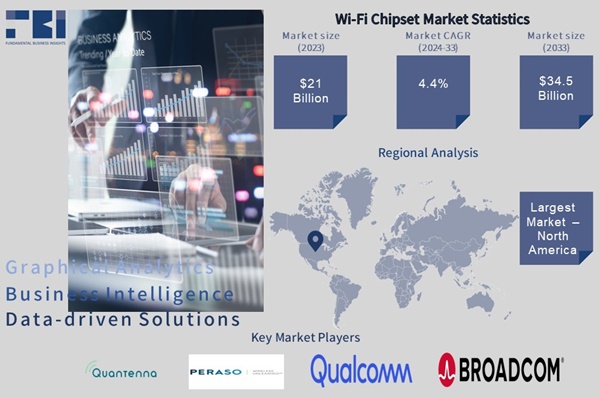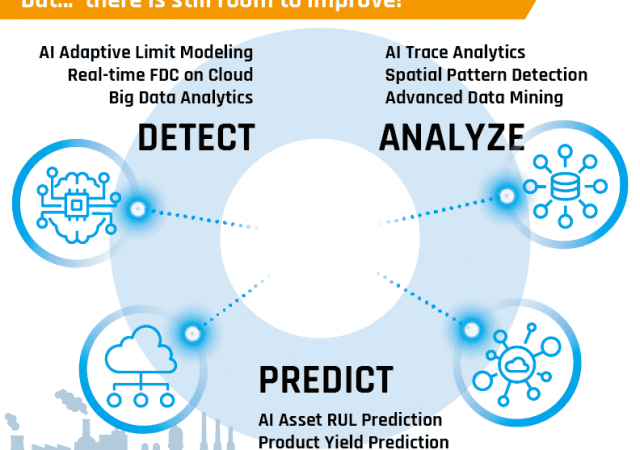According to a report by Fundamental Business Insights, the wi-fi chipset market size is expected to surpass $21 billion in 2023 and reach $34.5 billion by 2033, with a CAGR of more than 4.4% over the forecast period.
How Can a Digital Twin Help Semiconductor Systems Design?
A digital twin is a virtual, extremely detailed version of a physical asset. People create them as single components and all the way up to entire factories. Doing so can let them see the impact of certain decisions before moving ahead with them in real life.
Semiconductor Packaging Market to Reach $60.44B by 2030
A new report predicts that the global semiconductor packaging market will reach $60.44 billion by 2030 from $27.10 billion in 2020, growing at a CAGR of 9.10% from 2021 to 2030.
No Security, No Safety
In a new webinar, Winbond’s Hung-Wei Chen provided an overview of today’s top cybersecurity threats and regulations, and detailed the company’s TrustME solutions for flash memory.
Fab Models Built on AI Collaborative Knowledge Sharing
New AI knowledge sharing fab models will play a leading role in shaping the fab of the future.
IP Royalties Out – Commoditization in?
John Blyler interview Nikos Zervas, CEO of CAST IP, on the future of IP Royalties. Are they a thing of the past?
Semiconductor IP Cost and Security in the Internet-of-Things (IOT)
“IP Cost and Security in IOT” – Interview (Pt. 1) with Nikos Zervas, CEO of CAST IP, at IOT DevCon 2017.
The New Driver for Semiconductor Tech
The explosion of data created by the IoT will challenge the infrastructure of the entire network.
RFID Playing Cards “Best Product” at Printed Electronics Europe
Cartamundi, imec and Holst Centre (set up by imec and TNO) recently won the Best Product Award at Printed Electronics Europe for their ultra-thin plastic RFID technology integrated into Cartamundi’s playing cards. In each card, the RFID chip has a…
Is the Semiconductor Industry Ready for Industry 4.0 and the IIoT?
An industrial revolution is in the making, equivalent some say to the introduction of steam power at the tail end of the 18th century. Known as smart manufacturing, Industry 4.0 (after the German initiative Industrie 4.0), the industrial internet of things (IIoT), or simply the fourth industrial revolution, the movement will radically change how manufacturing is done.



